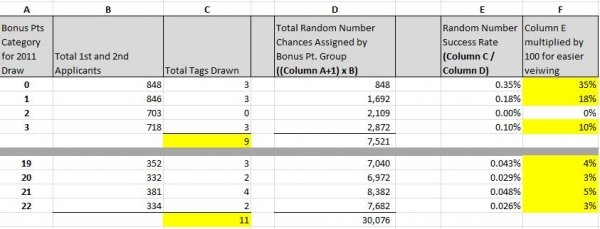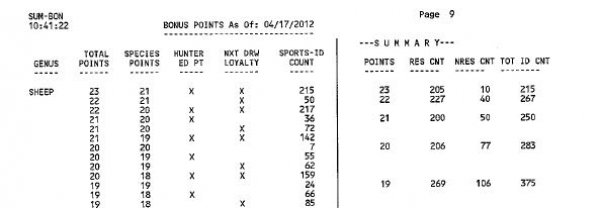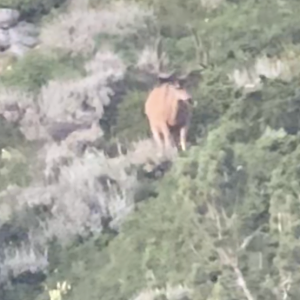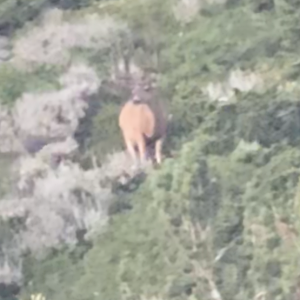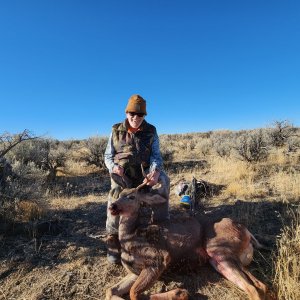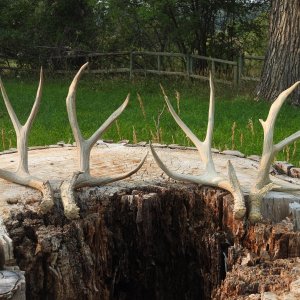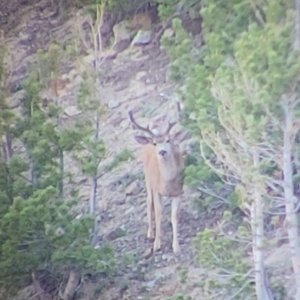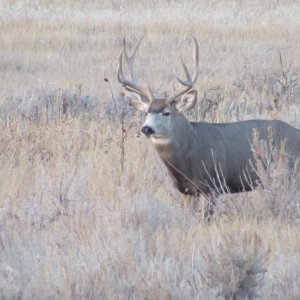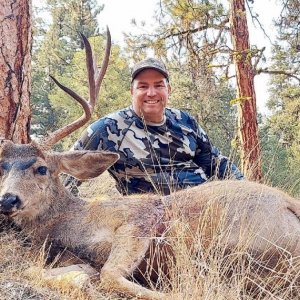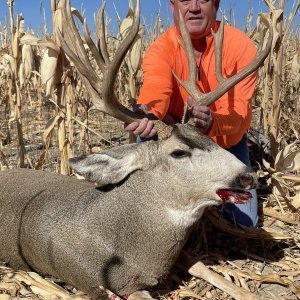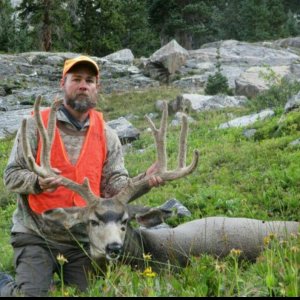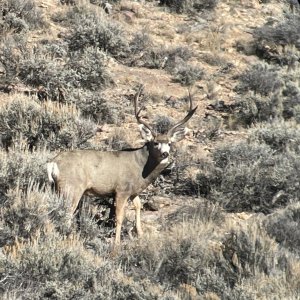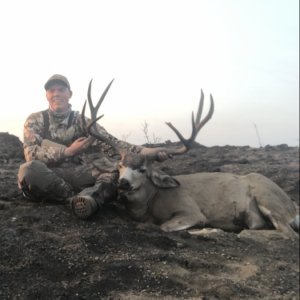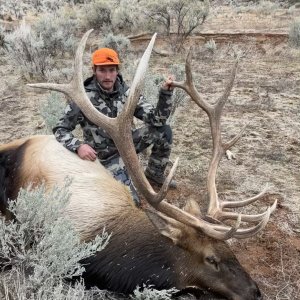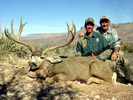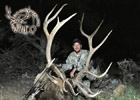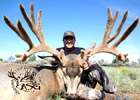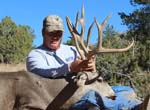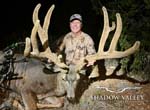AZ4life
Active Member
- Messages
- 388
I was looking through the 2011 Bonus Point Reports to decide what to do with my applications going forward. I noticed that it appears the system is not actually drawing tags randomly and have come to the conclusion that during the SECOND PASS something in the draw system is not operating correctly. The very high bonus point holders are not being given their fair chance at being drawn. Again, this problem is for the Second Pass, the first pass is the 20% of tags going to highest bonus points, and that is being done just fine.
I noticed that there were WAY too many O, 1, 2 and 3 bonus point holders who drew in the Second Pass in 2011 than should be statistically possible. I added up the number of applicants and tags allocated for all of the sheep hunts for these bonus point groups and then compare the results to those in the highest bonus point pools of 19, 20, 21, and 22 bonus point holders.
I've made up the table below to show the analysis I have done. To help understand how I see it, lets look at the 22 bonus point group and 0 bonus point group. There were 430 1st and 2nd choice applicantion with 22 bonus points. Each applicant with this many points get 23 "random" numbers assigned to them(1 for applying and one for every bonus point). If you then take the 430 multiplied by the 23, you arrive at 9,890 random numbers that were assigned to these top pool hunters for the Second Pass. Only TWO of these 9,890 numbers ended up being low enough numbers to actually draw a tag in this Second Pass. Now lets compare this to the 0 bonus point holders. 938 zero bonus point holders with 1st and 2nd choices, 1 random number each = 938 random numbers to be assigned in total to the zero bonus point group to get drawn and THREE got drawn! 2tags/9890 numbers vs. 3tags/938 numbers !! I could understand this happening once in 100 years, but it is consistent with 0, 1, and 3 bonus point groups drawing clearly way too often too be at all probable. I realize I may be double counting the number of applicants since one hunter applies for both a first and second choice, but this would just cut all of the applicant numbers in half for all bonus point groups I'm looking at and still end up with the same result. It just simply appears to be that the 1, 2, 3, or 4 random numbers assigned to the 0,1, 2, and 3 bonus point applications are MUCH MUCH MUCH more likely to be drawn(such as.32% vs .02%) on an INDIVIDUAL RANDOM ASSIGNED NUMBER basis than 20, 21, 22, and 23 random numbers assigned to the 19, 20, 21, and 22 bonus point holders. Someone help me see the light.
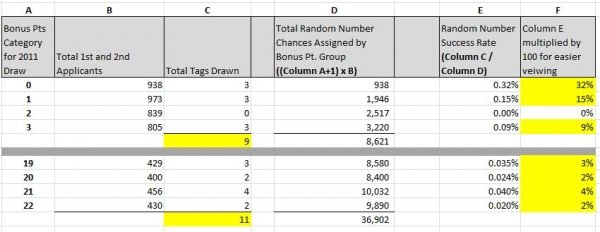
I noticed that there were WAY too many O, 1, 2 and 3 bonus point holders who drew in the Second Pass in 2011 than should be statistically possible. I added up the number of applicants and tags allocated for all of the sheep hunts for these bonus point groups and then compare the results to those in the highest bonus point pools of 19, 20, 21, and 22 bonus point holders.
I've made up the table below to show the analysis I have done. To help understand how I see it, lets look at the 22 bonus point group and 0 bonus point group. There were 430 1st and 2nd choice applicantion with 22 bonus points. Each applicant with this many points get 23 "random" numbers assigned to them(1 for applying and one for every bonus point). If you then take the 430 multiplied by the 23, you arrive at 9,890 random numbers that were assigned to these top pool hunters for the Second Pass. Only TWO of these 9,890 numbers ended up being low enough numbers to actually draw a tag in this Second Pass. Now lets compare this to the 0 bonus point holders. 938 zero bonus point holders with 1st and 2nd choices, 1 random number each = 938 random numbers to be assigned in total to the zero bonus point group to get drawn and THREE got drawn! 2tags/9890 numbers vs. 3tags/938 numbers !! I could understand this happening once in 100 years, but it is consistent with 0, 1, and 3 bonus point groups drawing clearly way too often too be at all probable. I realize I may be double counting the number of applicants since one hunter applies for both a first and second choice, but this would just cut all of the applicant numbers in half for all bonus point groups I'm looking at and still end up with the same result. It just simply appears to be that the 1, 2, 3, or 4 random numbers assigned to the 0,1, 2, and 3 bonus point applications are MUCH MUCH MUCH more likely to be drawn(such as.32% vs .02%) on an INDIVIDUAL RANDOM ASSIGNED NUMBER basis than 20, 21, 22, and 23 random numbers assigned to the 19, 20, 21, and 22 bonus point holders. Someone help me see the light.


